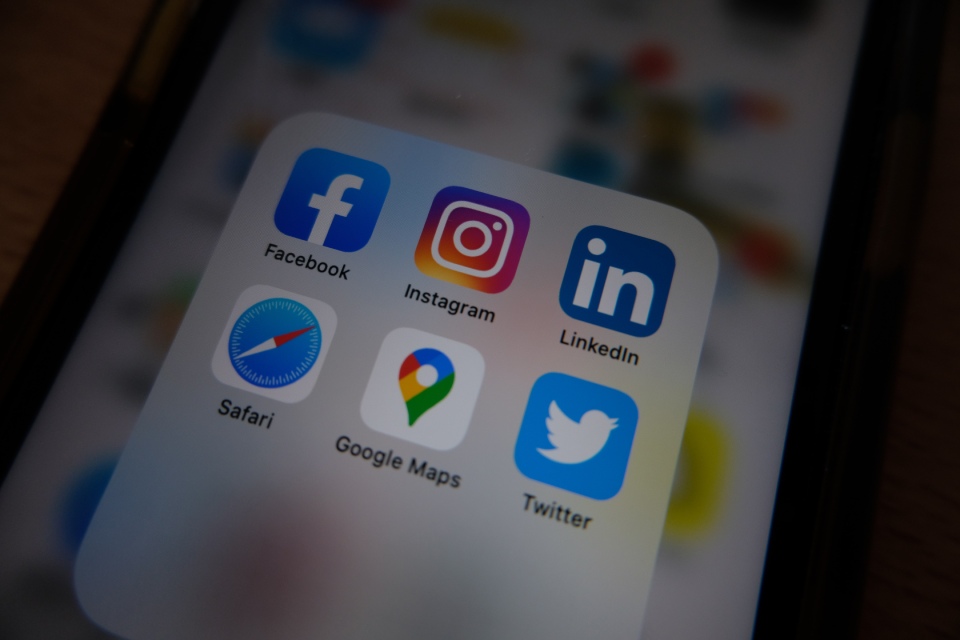By Ross McCaw, CEO and founder of OurPeople…
The Omicron variant raises cause for concern amongst business leaders who are worried they may have to implement changes to their workforce and structures, once again. Whatever the future holds, communication will be the key to success and it’s imperative business leaders identify the gaps in their processes, before it becomes an issue.
For those navigating a team of mobile and deskless workers, information overload is a real concern and can lead to productivity issues. While digital platforms have had their heyday in proving that remote working is possible, many of us are still simultaneously working across multiple digital platforms while at work including Zoom, Slack, and Outlook.
With multiple platforms like this in place, there’s an increased risk of alert fatigue – where needy technology wants to alert us about everything. This can make teams feel on edge and lead to workers becoming desensitised and overwhelmed by an ever-growing ‘to do’ list. As a result, employees miss or ignore the alerts or delay their responses, which causes teams to disengage and reduce productivity.
At OurPeople, we’ve helped streamline communications for businesses across the UK, supporting thousands of workers and future-proofing teams, but as the future becomes increasingly uncertain here are some tips to help leaders get ahead of themselves.
Resisting the urge to ‘send to all’
Employees are far more likely to engage with content that is directly relevant to them. We see businesses making the same mistake over and over again – the tendency to ‘send to all’. While this does mean everyone has the information, it doesn’t necessarily mean they see the information.
Short, targeted and infrequent information alerts are the most effective way to communicate important messages to your workers. Being able to share information with the relevant people in this format, such as a short 10-second video from a manager, a single image, or a short piece of text, is far more personal and engaging.
Training and retraining effectively
Britain is currently experiencing what is being termed as the “Great Resignation” with 400,000 individuals having resigned from their jobs between July and September – and this does not seem to be slowing in pace.
Employee upskilling is one of the most important ways to boost staff satisfaction and retention rates, as well as future-proofing your business.
But how do you do this when we are all working remotely? A centralised mobile-first platform where employees can refresh their knowledge through digital quizzes can encourage personalised training. This allows employees to identify their personal knowledge gaps and take control of their own progression in an engaging manner. For managers, this is also an effective way to notify employees of new information or lessons that have launched without having to be physically present.
Using multimedia to engage teams
Employee engagement is crucial, that’s why there’s been a growing trend in which businesses have delivered information in a similar style to social media platforms – smaller bite size chunks in multimedia formats.
Video has been a popular way of showcasing this. By sharing company updates and information in this concise, specific and engaging format, increases efficiency and employee sentiment while also avoiding miscommunication. Allowing employees to access this information via their mobiles ensures everyone in this scenario stays informed and connected, no matter how diverse their working patterns may be. This functionality also has an important part to play in harnessing team culture. In what can often feel like a disconnected world, a centralised platform for communication unites the team and ensures no-one is left out.
Keeping on top of staff wellbeing
Above all, having a strong digital infrastructure can help maintain a sense of community, identity and purpose while employees work from home or have their roles impacted by changes in protocol/restrictions – and we all know happy employees are more productive. However, burnout and loneliness is at an all-time high and not having a physical workspace where employees can connect and share concerns could sometimes leave them feeling overwhelmed.
Short digital questionnaires where employees can provide anonymous feedback on working practises allows managers to deal with potential issues before they become a problem. Additionally, this enables employees to solicit suggestions on what they think could improve their employee experience e.g. Early Friday finishes, team lunches, no-meeting hours etc.
It’s also a great way for employee recognition whether it be a birthday, an achievement or an anniversary. Using digital platforms to enhance the in-person relationship between employee and employer can help build trust and rapport which is key for long-term success of the business. It also ensures managers have a deep understanding of their workforce to be able to lead with confidence.
Having internal communications distributed across multiple platforms can leave workers feeling confused, which can cause huge issues for remote teams. During a period of uncertainty where workers and managers are under huge amounts of pressure, having one platform that streamlines all information in an engaging way will ensure information will reach and be read by the employee. Managers can also use the platform to see who has engaged with the information, therefore only needing to spend their time following up with those who haven’t. This will have a positive impact on team productivity, motivation and job satisfaction across the board no matter what happens. The most important thing right now is that companies future proof themselves so that missed or miscommunication doesn’t become another problem that they have to deal with and business can operate as usual.










